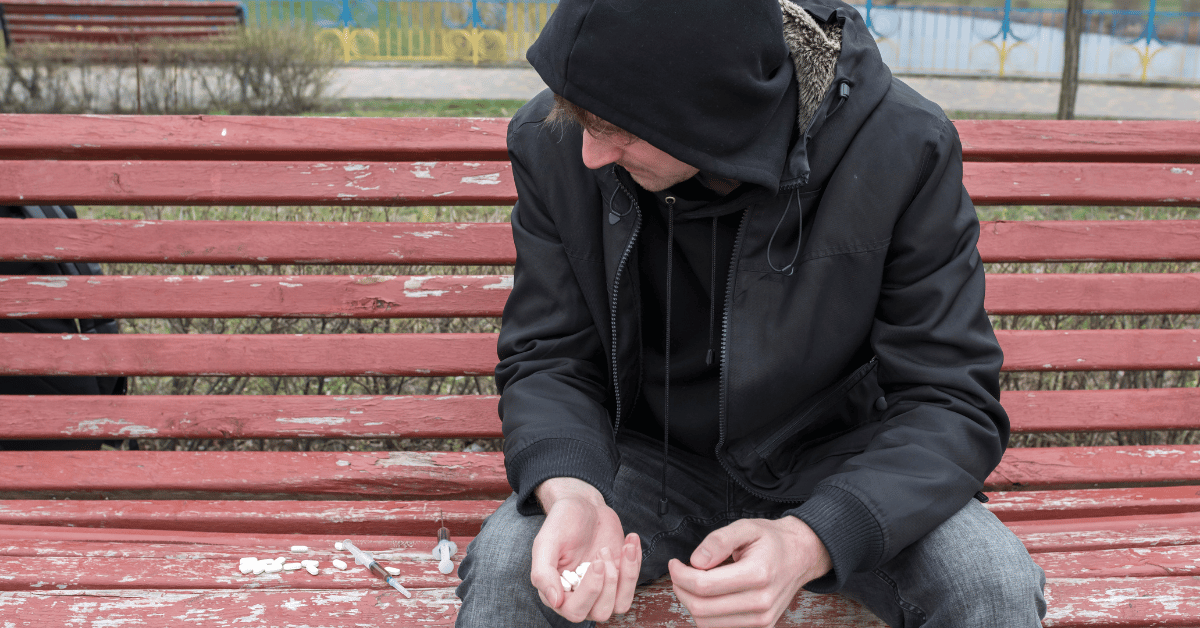Welcome to episode #7 in my “Why I do what I do” series!
Have you ever watched the TED talk by Johann Hari called “Everything we think we know about addiction is wrong”? If you haven’t, I highly recommend it.
The fact that so much of what we think we know about addiction is wrong informs reason #7 why I do what I do.
I do what I do because our culture is so steeped in myths about addiction that often tragically misguide families. Families need to be equipped with accurate knowledge and tools to better be able to navigate their loved one’s use.
One of the reasons many of these myths persist, despite the fact that the medical community has demonstrated that they’re false, is because one of the hallmarks of substance abuse is harmful and hurtful behavior. And that creates a dilemma that doesn’t have an easy answer.
Yes, addiction is a disease. But that doesn’t make the behavior OK. This is, in fact, a brief summary of the two competing realities of addiction, what I call addiction’s double bind. Addiction is a disease, but people active in addiction hurt people, and they hurt them badly.
And while there is no one right way to navigate these two realities, if we’re going to successfully address the addiction crisis and generational cycles of addiction and other dysfunction, we HAVE to occupy that middle ground. That messy, uncomfortable, middle ground.
Many of the myths surrounding addiction, and even codependency, are borne from a refusal to acknowledge this messy middle. I do what I do because I don’t believe we will ever be able to effectively resolve the addiction crisis if we don’t work to address both these realities.
So the work I do supports families in finding the right approach for them in that messy middle.
But what does occupying that messy middle look like? Well, in preparation for creating this video blog, I asked ChatGPT to write a blog post for families on myths around addiction. And the output was interesting. It did come up with 7 legitimate myths about addiction, but with one exception, each explanation of the particular myth failed to acknowledge both realities about addiction.
Take the myth that addiction is a moral failing. Here’s ChatGPT scraped from the web on this myth:
“It’s time to dispel the damaging belief that addiction is a result of moral weakness. Addiction is a medical condition, not a character flaw. When we label it as such, we stigmatize our loved ones, making their recovery journey even more challenging.
Instead, let’s focus on providing love, understanding, and encouragement. By supporting your loved one, you can help break down the stigma surrounding addiction and create an environment where healing can take place.”
And that is all true. Absolutely. But why do people think addiction is a moral failing in the first place?
They think it’s a moral failing because of the damaging behavior. That stuff is real. The damage is real. And the damage is not at all effaced by the fact that addiction is a disease.
Addiction is not a moral failing, but the behavior driven by addiction does have significant moral implications that cannot be ignored. Moral implications that affect the family members more than anyone else in most cases.
If we’re going to effectively address the problem, we have to occupy a the messy middle. So what can that look like in this case?
Here again, we’ll see people say you have to set boundaries. And they’re right. Yes, you do. But if you set those boundaries from a place of judgment and shaming of the behavior – as if it’s a moral failing, you’re exacerbating the disease and further stigmatizing your loved one.
You have to set what I call “Compassionate Boundaries.”
What are Compassionate Boundaries?
Compassionate boundaries are boundaries motivated by self-care, motivated by your need to take care of yourself around the behavior, rather than as any kind of punishment for or judgment of the behavior.
We do our best to acknowledge the fact that the behavior is driven by the disease so we don’t stigmatize our loved one, while also taking care of ourselves around the behavior, because the behavior is not acceptable, no matter what’s driving it.
I do what I do, not only because there are so many myths about addiction and codependency going around that misguide families, but because even the antidotes to those myths can also be misguided.
I do what I do because there just aren’t any simple solutions. And I don’t believe we’ll ever resolve the addiction crisis until we acknowledge how truly complex the problem really is. Until we acknowledge what I call addiction’s double bind – the fact that addiction is a disease, but also that people active in addiction hurt people, and they hurt them badly.
I don’t believe we’ll ever resolve the addiction crisis unless we can find a way to occupy the messy middle between these two realities. And the work I do supports families in figuring out what that messy middle looks like for their particular situation.
So, I’d love to hear from you. What are your thoughts? Drop a comment below or email me at questions@madeleinecraig.com.


0 Comments